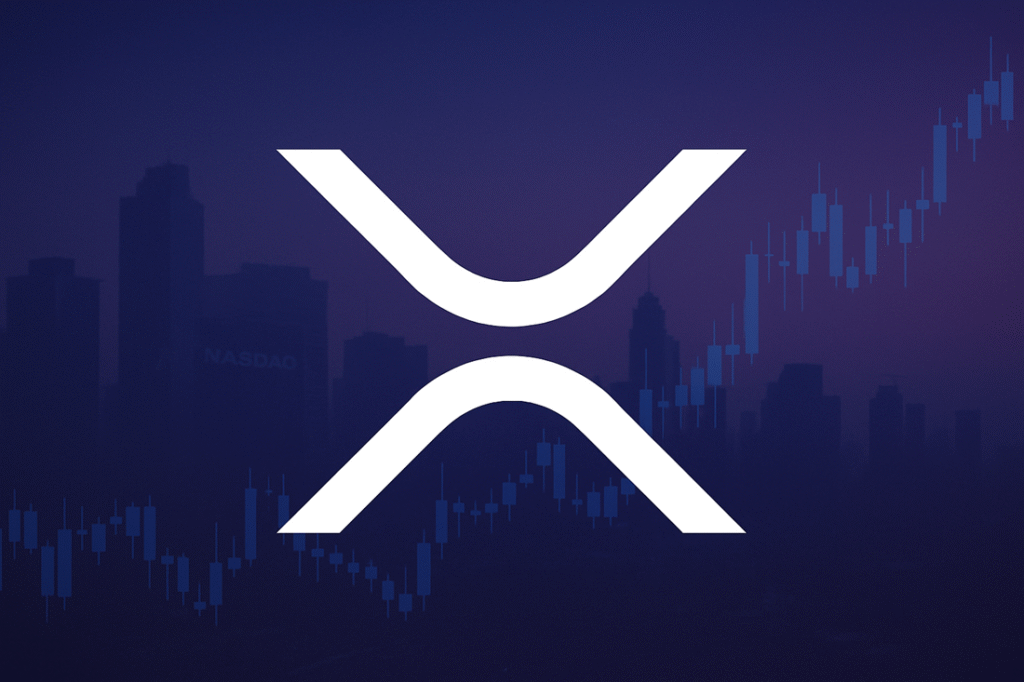Ripple’s journey in the world of cryptocurrencies is nothing short of fascinating. With its strong connections to over 300 banks globally, the company seems poised for success, yet the on-chain activity of XRP Ledger (XRPL) lags behind expectations. This paradox has led many in the investment community to question the reasons behind such a discrepancy. Join us as we unravel the intricacies of Ripple’s operations, exploring the potential and challenges within the broader cryptocurrency landscape.
Understanding Ripple’s Bank Partnerships and XRPL Activity
Ripple’s Chief Technology Officer, David Schwartz, recently shed light on the complexities behind Ripple’s expanding network of bank partnerships, juxtaposed with the less-than-expected on-chain activity of the XRPL. Addressing queries from investor and YouTuber Andrei Jikh, Schwartz emphasized considerations such as compliance, institutional behaviors, and innovations like “permissioned domains” that aim to address the current off-chain dominance.
Deciphering the Disparity: 300+ Bank Connections, Yet Low On-Chain Volume
The crux of the issue lies in the stringent compliance frameworks that regulated entities operate within. According to Schwartz, banks and financial institutions are hesitant to engage in transactions that might inadvertently involve illicit parties on decentralized exchange (DEX) platforms. This compliance-driven caution is a critical factor in the measured pace of on-chain settlements. Schwartz pointed out Ripple’s own constraints, noting that even as one of the leading players, Ripple is cautious about using XRPL DEX until the promise of secure, rule-enforced counterparties becomes a reality through “permissioned domains.”
While acknowledging slow progress, Schwartz highlighted the gradual recognition of blockchain advantages by institutions, who are now beginning to appreciate the benefits of decentralized transactions.
XRP’s Role Against Stablecoins: A Volatile Yet Viable Option
When it comes to the debate between XRP and stablecoins in facilitating transactions, Schwartz offered a nuanced view. He argued that volatility isn’t inherently a drawback for XRP; rather, in some scenarios, it can be advantageous. XRP’s role as a bridge currency was underscored, as its liquidity provides flexibility and speed in converting assets—a critical advantage when timing is pivotal.
In response to questions about whether stablecoins could render bridge assets obsolete, Schwartz posited that although stablecoins may dominate certain trading pairs, they remain tethered to specific fiat currencies and jurisdictions. This scenario leaves a substantial role for neutral bridge assets like XRP, which can link a broader spectrum of tokenized assets.
Strategic Positioning: Why Major Players Might Choose XRPL
Addressing potential queries regarding why a powerhouse such as BlackRock would leverage XRPL over creating a proprietary chain, Schwartz emphasized the benefits of interoperability and liquidity. The ability to integrate and adapt across existing networks offers a compelling advantage, enabling businesses to tap into broader markets and user bases without the limitations of a self-contained blockchain.
On geopolitical considerations, Schwartz clarified that XRPL functions as neutral infrastructure, distinct from Ripple’s jurisdiction-specific enterprise products. He assured stakeholders that XRPL has consistently maintained a non-discriminatory stance, though certain regulatory constraints apply to Ripple’s products in specific regions.
Is XRP a Secure Investment for Long-Term Growth?
Investing in XRP requires due diligence. While it holds potential due to its robust network and liquidity as a bridge asset, market volatility and evolving regulations are important aspects to consider. Long-term investors should stay informed about Ripple’s strategic developments and industry trends.
How Do “Permissioned Domains” Enhance XRPL’s Functionality?
“Permissioned domains” are intended to offer a secure, compliant environment for financial institutions, allowing them to transact with verified counterparties. This design seeks to marry the openness of the XRPL with the strict compliance requirements of regulated entities, fostering trust and cooperation in on-chain operations.
What Makes XRP a Suitable Bridge Currency Amidst Stablecoins?
XRP’s liquidity and its function as a bridge currency give it a competitive edge, facilitating quick swaps between various assets. While stablecoins are pegged to fiat currencies, XRP provides a neutral medium to bridge multiple tokenized assets, enhancing its utility across decentralized networks.
Are Ripple’s Bank Partnerships Indicative of Future XRPL Growth?
The strategic alliances with over 300 banks signal potential for XRPL’s expanded usage. However, the pace of on-chain growth hinges on regulatory advancements and the successful integration of compliance-centric innovations like permissioned domains. Investors should monitor these developments closely for future trends.
Ripple’s ongoing efforts to bridge the gap between traditional finance and the decentralized world highlight the multifaceted challenges and opportunities within the cryptocurrency sphere. As the landscape evolves, so too must the strategies and technologies that underpin digital assets like XRP.

